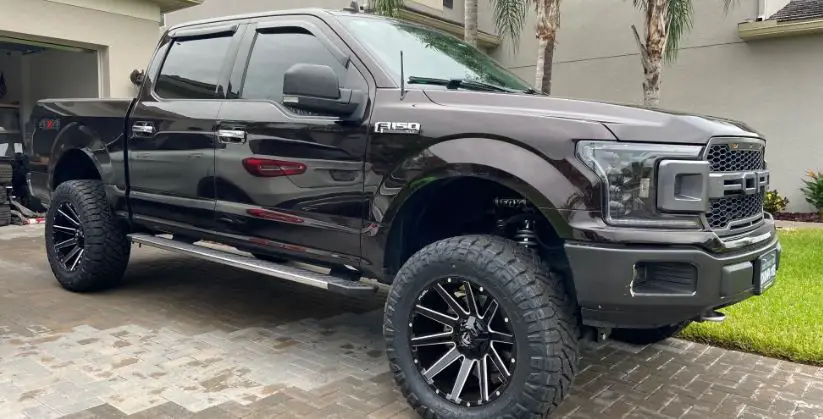As one of America’s best-selling vehicles for more than four decades, the Ford F-150 needs no introduction. This versatile and powerful pickup truck has built a reputation for reliability, durability, and sheer performance. However, if you’re a proud F-150 owner, enthusiast, or just an aspiring owner, understanding your vehicle’s specifications, such as the lug and bolt pattern, is crucial.
But why should you concern yourself with lug and bolt patterns? The short answer is, knowing these patterns is key when it comes to tire replacement, upgrading your wheels, customizing your vehicle, and above all, ensuring your safety and the optimum performance of your Ford F-150.
In this blog post, we’ll delve into the intricate world of lug and bolt patterns. We’ll take a detailed journey through each model year of the iconic F-150, providing a comprehensive guide to their respective patterns. Additionally, we’ll discuss the importance of adhering to correct torque specifications, ensuring your F-150 remains the robust and reliable powerhouse it was designed to be.
So, whether you’re an experienced mechanic, a DIY enthusiast, or just curious about your vehicle’s specifications, join us as we delve into this ultimate guide to Ford F-150’s lug and bolt patterns.






